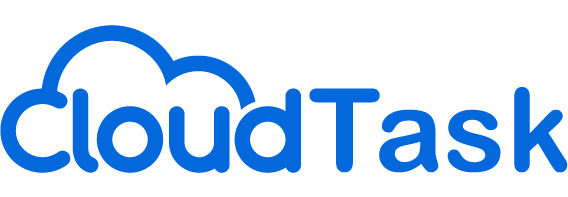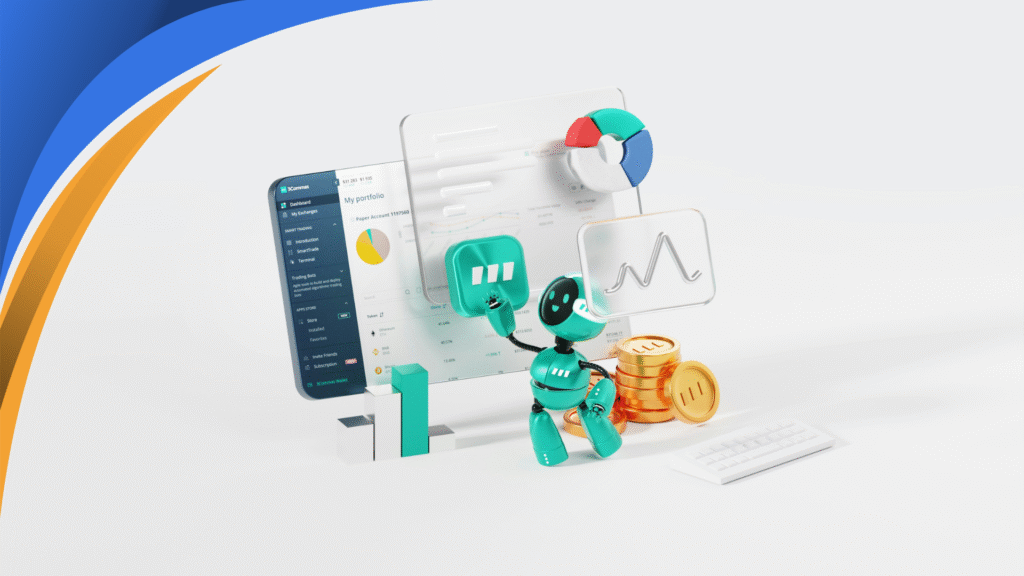In this episode of the Transform Sales Podcast: Sales Software Review Series, Dave Menjura, RevOps Marketplace Specialist at CloudTask, and Scott Smith, CEO of Zight, talked about how sales teams can use Zight to improve Enhancing Prospecting and Sales Engagement.
Zight offers sales intelligence tools that help account executives find and connect with potential leads, making prospecting easier and more streamlined.
When it comes to Enhancing Prospecting and Sales Engagement, what alternatives were your customers most often using before buying your software?
Before using Zight, teams relied on plain-text emails, generic presentations, and slow ticketing systems for sales and support, resulting in low engagement and inefficient communication. Zight streamlines sales prospecting, customer support, and internal feedback by enabling fast, personalized video recordings that help close deals and resolve issues more effectively.
What challenges were your customers running into that your software helped them overcome?
- Low engagement rates: Plain-text emails and static presentations often resulted in low response rates and minimal interaction from prospects.
- Inefficient internal communication: Sales teams struggled with slow feedback loops when reporting issues or gathering customer feedback.
- Time consuming processes: Traditional prospecting methods required significant time investment with minimal returns, making it difficult to scale efforts efficiently.
What are the key features of Zight that help Improving Lead Generation challenges?
Zight addresses key sales challenges by replacing low-engagement text outreach with personalized videos, boosting response rates. It streamlines internal communication by enabling quick visual bug reports and feedback sharing, reducing delays from traditional ticketing. Additionally, Zight saves time by automating video creation, letting sales reps focus on closing deals instead of repetitive tasks.
What tasks, deliverables, and/or people need to be involved in setting up Zight for Enhancing Prospecting and Sales Engagement and how long does it typically take to reach full productivity?
To ensure a smooth implementation of Zight, sales teams should consider the following factors:
Teams should establish workflows for video usage, including sales outreach and internal communication. Zight integrates with CRM platforms and email tools to ensure seamless usage. Companies can either manage the setup internally or hire third-party specialists for optimization.
Cost Considerations: A typical SaaS license for Zight varies based on team size and feature needs, with potential additional fees for premium integrations.
What KPI’s should Sales team use to evaluate their success with Zight for Enhancing Prospecting and Sales Engagement, and what quantifiable outcomes can they expect?
Sales teams should track the following KPIs to measure Zight’s impact:
- Video View Rates – Was the video actually watched?
- Engagement Metrics – How much of the video was watched?
- Conversion Actions – Did the prospect take action, such as booking a meeting or requesting a demo?
Users should continuously analyze these metrics to refine their approach. If videos are not being watched, adjustments to subject lines or CTAs might be necessary. If prospects drop off early, video content should be optimized to maintain engagement. Additionally, automation tools within Zight can prompt actions, such as scheduling meetings, to enhance results.
Conclusion
Zight provides account executives with powerful tools to enhance prospecting and sales engagement. By using video for outreach, internal communication, and customer support, sales teams can overcome traditional challenges and drive better results. Monitoring key KPIs ensures continuous optimization and improved success rates in sales efforts.











